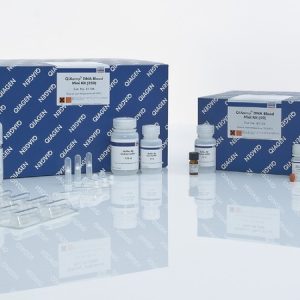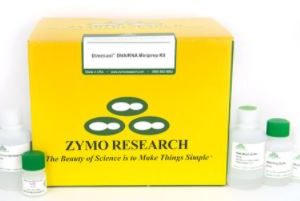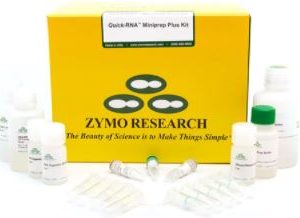Influenza detection and typing: Human influenza virus antibodies
The influenza virus is classified into three groups, A, B and C, based on key differences in the viral nuclear protein (NP). The basic structure of the influenza virus may be seen by clicking on the Images and Data tab below. Influenza virus particles contain head and stem regions that play vital roles in infection: The viral head region contains a receptor domain that binds the host cell, while the viral stem region carries a specific amino acid sequence that is necessary for the fusion of the virus with its host cell.
Influenza virus is further classified into subtypes based on its neuraminidase (NA) and haemagglutinin (HA) differences, both of which are key viral surface glycoproteins. Viral nuclear and glycoproteins are both targeted by human influenza virus antibodies in the process of influenza detection and typing. Currently, several major influenza epidemics have been attributed to influenza A and influenza B, or more specifically influenza A subtype H3 and influenza B subtype H1. These influenza H1N1 and H3N2 subtypes are well-known to result in severe febrile illness.
M147Monoclonal Anti-Influenza A (H1, H2, H3) (Clone C111)0.1 mg
Influenza virus is classified into three groups (A, B, and C). Clinically prevalent types of Influenza virus are H1, H3 and B strain. Influenza virus is further classified into subtypes based on variances in Neuraminidase (NA) and Haemagglutinin (HA) that are the surface glycoprotein of the virus. H1N1 subtype and H3N2 subtype are known to cause severe febrile illness. An influenza virus particle consists of a head region and a stem region. The head region has a receptor domain and the stem region contains a region required for fusion between the virus and the target cell. Takara offers several influenza antibodies that are useful for various viral detection and typing methods, as well as neutralization assays. These antibodies are for research use only.
| Cat. # |
Product |
Size |
Description |
| M145 |
Monoclonal Anti-Human Influenza A (H1N1, H2N2) (Clone C179) |
0.1 mg |
Influenza virus is classified into three groups (A, B, and C). Clinically prevalent types of Influenza virus are H1, H3 and B strain. Influenza virus is further classified into subtypes based on variances in Neuraminidase (NA) and Haemagglutinin (HA) that are the surface glycoprotein of the virus. H1N1 subtype and H3N2 subtype are known to cause severe febrile illness. An influenza virus particle consists of a head region and a stem region. The head region has a receptor domain and the stem region contains a region required for fusion between the virus and the target cell. Takara offers several influenza antibodies that are useful for various viral detection and typing methods, as well as neutralization assays. These antibodies are for research use only. |
| M146 |
Monoclonal Anti-Human Influenza A (H3N2) (Clone F49) |
0.1 mg |
Influenza virus is classified into three groups (A, B, and C). Clinically prevalent types of Influenza virus are H1, H3 and B strain. Influenza virus is further classified into subtypes based on variances in Neuraminidase (NA) and Haemagglutinin (HA) that are the surface glycoprotein of the virus. H1N1 subtype and H3N2 subtype are known to cause severe febrile illness. An influenza virus particle consists of a head region and a stem region. The head region has a receptor domain and the stem region contains a region required for fusion between the virus and the target cell. Takara offers several influenza antibodies that are useful for various viral detection and typing methods, as well as neutralization assays. These antibodies are for research use only. |
| M148 |
Monoclonal Anti-Human Influenza B (Clone 9D6) |
0.1 mg |
Influenza virus is classified into three groups (A, B, and C). Clinically prevalent types of Influenza virus are H1, H3 and B strain. Influenza virus is further classified into subtypes based on variances in Neuraminidase (NA) and Haemagglutinin (HA) that are the surface glycoprotein of the virus. H1N1 subtype and H3N2 subtype are known to cause severe febrile illness. An influenza virus particle consists of a head region and a stem region. The head region has a receptor domain and the stem region contains a region required for fusion between the virus and the target cell. Takara offers several influenza antibodies that are useful for various viral detection and typing methods, as well as neutralization assays. These antibodies are for research use only. |
| M149 |
Polyclonal Antibody to Human Influenza A, B (Rabbit Polyclonal) |
0.4 mg |
Influenza virus is classified into three groups (A, B, and C). Clinically prevalent types of Influenza virus are H1, H3 and B strain. Influenza virus is further classified into subtypes based on variances in Neuraminidase (NA) and Haemagglutinin (HA) that are the surface glycoprotein of the virus. H1N1 subtype and H3N2 subtype are known to cause severe febrile illness. An influenza virus particle consists of a head region and a stem region. The head region has a receptor domain and the stem region contains a region required for fusion between the virus and the target cell. Takara offers several influenza antibodies that are useful for various viral detection and typing methods, as well as neutralization assays. These antibodies are for research use only. |
 3970302- 3' Purifier Filtered PCR Enclosure with UV Light and Protection Panel- Labconco
1 × $9,062.00
3970302- 3' Purifier Filtered PCR Enclosure with UV Light and Protection Panel- Labconco
1 × $9,062.00 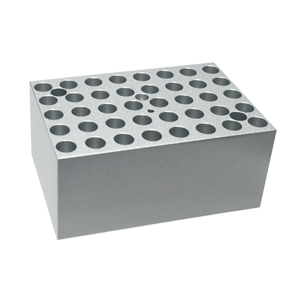 BSH100-02 Block, 40 x 0.2ml (or 5 x PCR strips) Benchmark Scientific
2 × $87.00
BSH100-02 Block, 40 x 0.2ml (or 5 x PCR strips) Benchmark Scientific
2 × $87.00 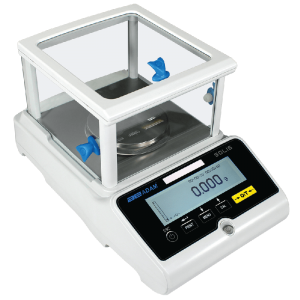 SPB 723e -Solis Precision Balances- Adam Equipment
1 × $1,910.00
SPB 723e -Solis Precision Balances- Adam Equipment
1 × $1,910.00  M201-Pregnancy Experience Suit-Sakamoto
1 × $1,004.00
M201-Pregnancy Experience Suit-Sakamoto
1 × $1,004.00  F144075-PIPETMAN G Multichannel P12x300G, 30-300µL-Gilson
1 × $1,044.00
F144075-PIPETMAN G Multichannel P12x300G, 30-300µL-Gilson
1 × $1,044.00 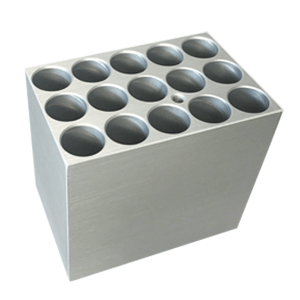 BSH100-1213 Block, 15 x 12/13mm diameter tubes & vacutainers Benchmark Scientific
3 × $99.00
BSH100-1213 Block, 15 x 12/13mm diameter tubes & vacutainers Benchmark Scientific
3 × $99.00  F81040-PIPETMAN M P10M BT Connected-Gilson
1 × $907.00
F81040-PIPETMAN M P10M BT Connected-Gilson
1 × $907.00 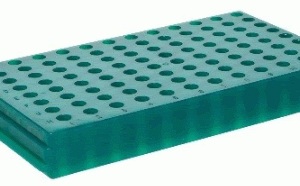 0093 Green Polypropylene Reversible 1.5ml And 2.0ml Microcentrifuge Tube Rack, 96 Places (Pack Of 5) Bio Plas
4 × $31.00
0093 Green Polypropylene Reversible 1.5ml And 2.0ml Microcentrifuge Tube Rack, 96 Places (Pack Of 5) Bio Plas
4 × $31.00 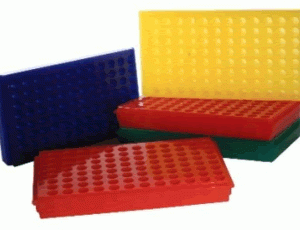 0091 Polypropylene Reversible 1.5ml And 2.0ml Microcentrifuge Tube Rack, 96 Places (Pack Of 5) Bio Plas
2 × $31.00
0091 Polypropylene Reversible 1.5ml And 2.0ml Microcentrifuge Tube Rack, 96 Places (Pack Of 5) Bio Plas
2 × $31.00  0052 Snap On Tube Rack Cover, 96-Well, Polypropylene, Clear Natural Bio Plas
2 × $14.50
0052 Snap On Tube Rack Cover, 96-Well, Polypropylene, Clear Natural Bio Plas
2 × $14.50  BCLO3016 Paper Roll For Bluetooth Printer Bas Alliance Bio Expertise
1 × $42.50
BCLO3016 Paper Roll For Bluetooth Printer Bas Alliance Bio Expertise
1 × $42.50 

